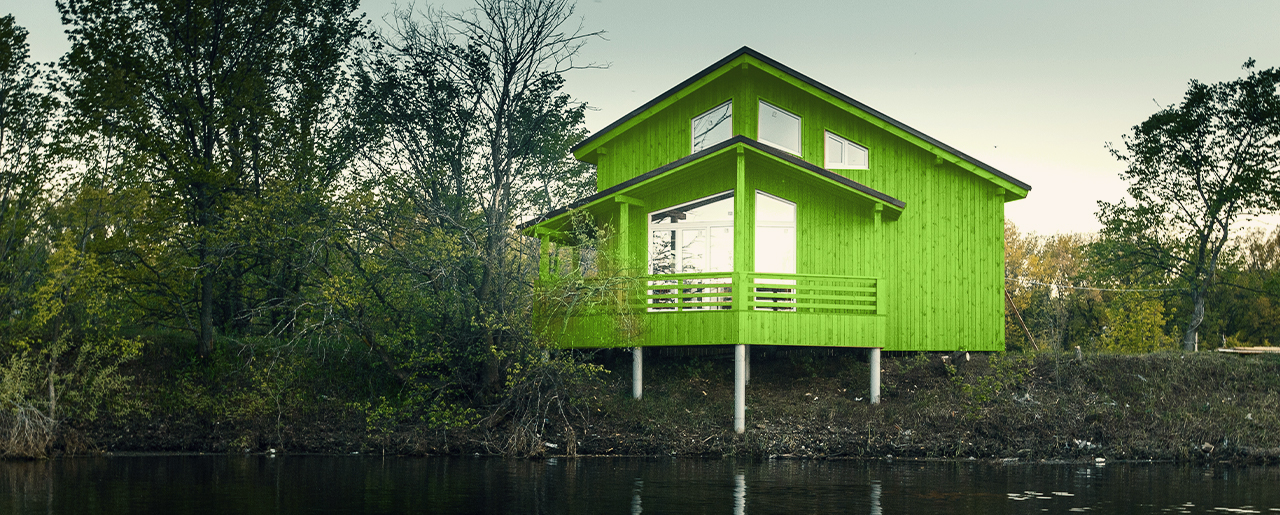
Are you one of the incredibly lucky people who get to enjoy the advantages of a cottage in the country or the woods on weekends? The fresh air, the tranquility, the beauty of nature.
It’s great to be able to take advantage of these benefits, but you still need to adequately protect your little slice of paradise, or risk losing this well-being and peace and quiet that you hold so dear. In this article, Assurances Multi-Risques wants to give you food for thought to help you have a clearer understanding of home insurance for a secondary or seasonal residence. Enjoy the article!
Secondary or seasonal residence: what’s the difference?
In the eyes of an insurer, for a second residence to be considered “secondary”, it must not be inhabited for more than 30 consecutive days. It must also be accessible by passable roads year-round, otherwise, an insurer may refuse to cover you.
However, if your cottage, and the use you make of it, does not meet the underwriting standards—in other words, the eligibility criteria—of a secondary residence, the insurer may agree to insure your second residence, but only as a “seasonal residence”.
Note that underwriting standards can vary from one insurer to another!
Insurance coverage
Did you know that home insurance coverage is more comprehensive for secondary residences than for seasonal ones? In fact, insurance for a secondary residence is more extensive simply because the occupancy rate is higher, and, as a result, it constitutes less risk for an insurer.
The more time you spend in your secondary residence, the more inclined your insurer will be to offer you a comprehensive protection package, commonly called “all risks” coverage. Also, note that theft and burglary are usually covered for a secondary residence.
If your cottage comes under the “seasonal” category, the insurer will agree to cover you for theft and burglary, but only through special coverage (an endorsement). To get this coverage, you have to pay an additional premium which is usually expensive, given the level of risk.
What is included in an insurance policy for a secondary residence
When an insurer agrees to insure your home as a secondary residence, you benefit from several coverages included in the policy. That means that your furniture is insured, as well as anything in an outbuilding (shed or detached garage).
Living expenses are also included in your contract. You could also be eligible for additional coverage for water damage. Your home insurance premium would then be higher but you’d have peace of mind knowing that you’re covered in the event of above-ground water damage as well as ground water damage, including sewer backups.
Not so easy to find an insurer…
Finding an insurer who agrees to insure your secondary or seasonal residence can sometimes be a painstaking process. Also, many insurers require that your primary residence policy be held with them, otherwise they refuse to insure the second one.
At Assurances Multi-Risques, we do business with several insurers. Therefore, we are able to find you an insurer who will cover your second residence, at the best price on the market. By choosing Assurances Multi-Risques, you’re also opting for good advice and peace of mind. Your break in the great outdoors starts with us!